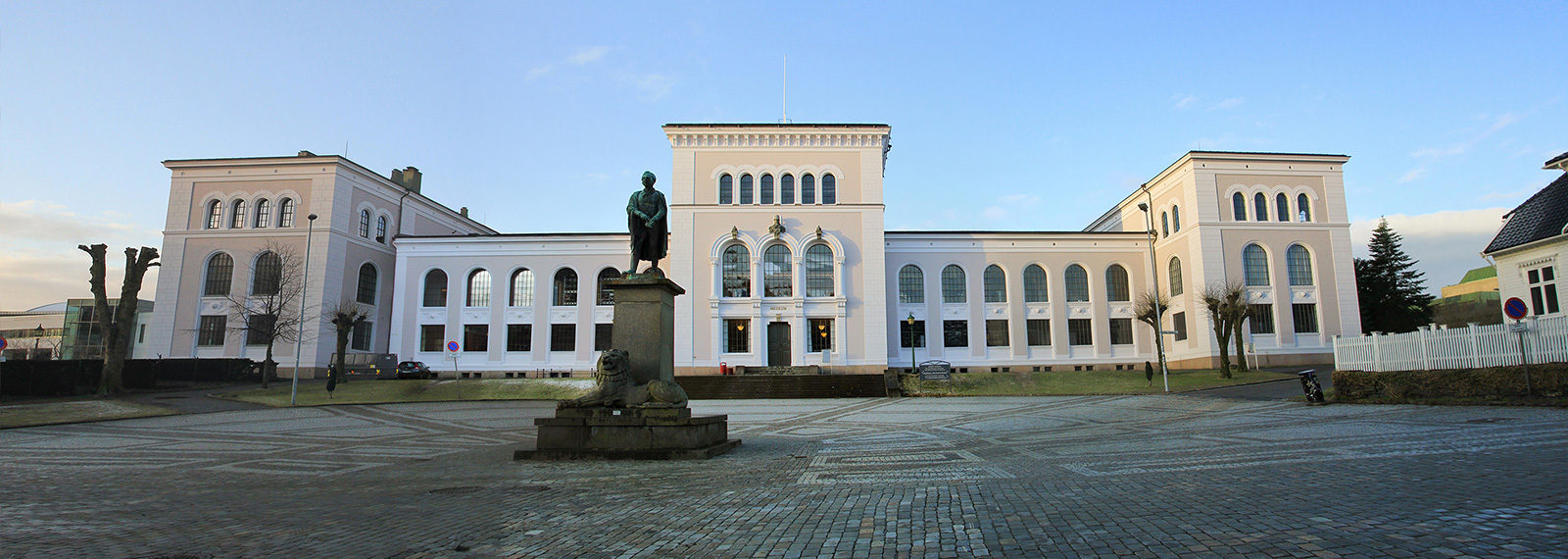Interfacing Minorities: Creative Hybridity and Unexpected Environments, Åbo Akademi University 8-9 March 2018
29 March 2018
The conference “Interfacing Minorities: Creative Hybridity and Unexpected Environments” , organised by Åbo Akademi University on the occasion of the University’s Centennial celebrations, with support from the Coimbra Group Social Sciences and Humanities (SSH) Working Group, took place on 8-9 March 2018.
We are happy to publish the conference report, which has been kindly provided by Prof. Anthony Johnson of Åbo Akademi University (and member of the SSH Working Group).
Conference Report: ‘Interfacing Minorities: Creative Hybridity and Unexpected Environments’. Åbo Akademi University/Coimbra Group (8-9 March, 2018)
Organised collaboratively between Åbo Akademi University, its Minority Research Profile, and the Coimbra Group, the interdisciplinary conference ‘Interfacing Minorities: Creative Hybridity’ (8-9 March 2018), was timely. Not only on account of its inclusion in Åbo Akademi’s Centennial celebrations; but also through its endeavour to explore ways in which the current global crisis in minority and migrant cultures could be steered towards positive outcomes: the ‘pearls’ of creative friction and constructive solutions. After an opening by Prof. Jürgen Barkhoff (Vice-Chair of the Coimbra Group’s Executive Board), and Prof. Ulrika Wolf-Knuts (the Chancellor of Åbo Akademi University), the former High Commissioner of the Organization for Security and Cooperation in Europe (OSCE), Astrid Thors, delivered a powerful keynote lecture on rights, legislation and governance in a time of major political and intellectual change: thereby triggering a discussion which ran through the entire conference.
As Thors made plain, in a world containing over 65.3 million displaced (and 10 million stateless) individuals, the problems of migration and displacement remain critical on the global stage. This theme was echoed by many speakers, too: some addressing issues of rights (who ‘owns’ the commons, for instance); while others, from a more purely European perspective, voiced questions relating to the ‘vertical’ and ‘horizontal’ legislation of language rights, or considered how governments might be persuaded to make more inclusive choices. Additionally, from a more self-critical perspective, Thors warned of the risk that attempted solutions in areas such as conflict management may sometimes make things worse by advertising and inflaming – rather than salving – them. Indeed, as she reminded her multinational audience, the double-bind of stereotypes persists as a major challenge in the contemporary world so that there is a constant need to find new ways of dissolving and rethinking our national and local image caches.
A complementary strand running through the conference involved the narrativization of the problems faced by minorities, and the imagologies of multicultural encounter. One series of papers – concerning itself with representations of Hungarian, Meankieli, Sami, Silesian, Swabian, and Sweden-Finnish cultures – examined the importance of hybridity as a foregrounded element in texts and oral narration. Another dealt with the reappraisal of media images and material environments (taking its examples from textual and pictorial sources, cinema, TV, and Sami songs). And a third investigated ways in which the silences in children’s literature are framed. Central to such discussions are, of course, questions of critical approach, language and terminology: topics taken up by further cohort of speakers. Within these domains, different papers addressed the cascade of paradigm-challenges expedited by the new technologies (particularly via the impact of digitization, the social media, and the mobile phone); the problems of over-tidy-mindedness in the framing of solutions; and the necessity of finding a fresh conceptual language in order to accommodate new situations. Likewise, from the terminological perspective, conference members dissolved, re-examined, and refreshed a large number of ideas and words. These ranged from the considerations of the ‘(mobile) commons’, the ‘subaltern migrant’, ‘neo-shamanism’, ‘the camp as a city’, and ‘infrapolitics’ to ‘society’ itself; ‘centrism’; moving or ‘fuzzy’ borders and borderscapes; or changes in current understandings of ‘permanence’ and ‘transience’. Comparably, at times, speakers focused on yoked pairs (e.g. ‘the Nation-State’, ‘mobility’ and the ‘sedentary’), alongside oxymoronic formations (most notably the relation between ‘being’ and ‘longing’ in the verb ‘to belong’). They also rethought a number of lists and maps in the light of what dialectal and local voices have to offer for their contemporary reinterpretation.
In terms of strategies for dealing more productively with the issues raised by the conference, six main avenues of consideration were offered. First, that struggles can be generative, especially when they are informed by multidisciplinary perspectives. Second, that although learning from history and memory are activities of critical importance, they are only helpful if they are constantly, and critically, reappraised. Third, that the sharing of practices as well as knowledge should constitute a sine qua non in the search for creative solutions to the current problems raised on the interface between different minority cultures (both with one another and with wider communities). Fourth, that such a sharing of practices should be conducted with respect for the widely different perspectives held by the different communities involved. Fifth, that scholars and practitioners working in these areas should continually seek to nuance their means of encounter: not only shifting perspectives where necessary as flexibly as possible from the global to the local; but also attending to the impact of both ‘molecular’ and incremental factors in cross-cultural interaction. In particular, here, the importance was stressed of understanding small-scale change at grass-roots level and complementing this with an open-minded attitude to the adoption of new material solutions (including those offered by repurposing). Finally – as a result of the widespread discussions of terminology arising in different sessions – it was proposed that everyone should strive from their different perspectives to work towards the creation of a more tightly integrated interdisciplinary language that would better meet the rapid and chameleonic changes and challenges facing the global community.
In a conference comprising sixteen papers by representatives of thirteen nations – an event which took as its central metaphor the idea that creative friction can produce pearls – it is understandable enough that the metaphor itself should have taken something of a battering. (Not least, on account of the valuation systems attached to pearls; the potential ethnocentricity of the metaphor; or, simply, through a desire to look beyond it to wider contexts: such as the sea, climate-change and sustainable development.) Yet all the same, a number of presentations at the conference did identify or produce pearls: formulating a wide range of concerted reframings and re-articulations of the problems emergent in minority studies; and resisting the global failure of imagination that is endemic to so many levels within the subject.
Taken as a whole, the papers here represented a conscious interdisciplinary attempt to widen the inclusivity of imaginative perspectives (showing in one case, for example, how intercultural awareness could be spread by the translation of a very localized Meankieli text into Hungarian, and from thence into English). Overall, however, as Chancellor Wolf-Knuts suggested, the most important pearl to be taken away from the conference was perhaps to be found in its productive gathering of imaginative and perceptive minds and hearts from a wide gamut of practitioners and academics. For most of them were, at least, travelling in the same direction.
Anthony Johnson, Åbo Akademi University


